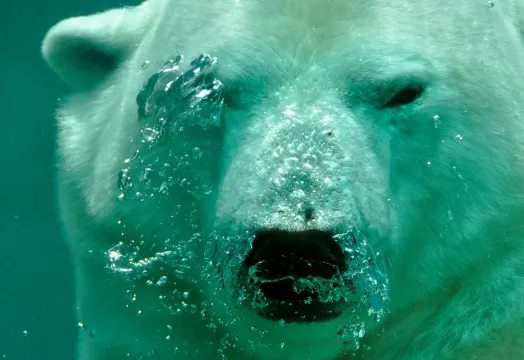Active banners: 0 Visible banners: 0
Polar Bear Facts
Provided by: Polar Bears International |Published on: September 12, 2022
Worksheets
K12345
Synopsis
- This mini-poster and fact sheet about polar bears delivers unique and fun information and includes an Arctic sea ice food chain diagram coloring activity.
- Students will learn about the scientific name of polar bears, their unique adaptations, the importance of sea ice, and what humans can do to help polar bears.

Subjects: Science, Visual and Performing Arts
Authors: Polar Bears International
Region: Polar Regions
Languages: English
Teaching Materials
Positives
- This resource can be easily differentiated or utilized in an array of grade levels.
Additional Prerequisites
- Students should have a basic understanding of animal adaptations, habitats, and food chains.
Differentiation
- Connections can be made in language arts classes working on informational reading strategies or in art classes working on color theory in nature.
- This fact sheet could be a hook for lessons about ecosystems, food webs, food chains, habitats, and evolutionary traits.
- Students can use the information provided to create informational polar bear posters or slideshows to spread awareness about how humans are impacting polar bear habitats.
- As an extension, have students research another animal and create a similar handout for their classmates.
Scientist Notes
Teaching Tips
Standards
Resource Type and Format
About the Partner Provider

Polar Bears International
Polar Bears International is the only conservation organization solely dedicated to protecting wild polar bears. Through science, advocacy, media, and education, we work to ensure the polar bear’s long-term survival. Together, we can make sure that polar bears roam the sea ice for generations to come and improve conditions for people, too.
All resources can be used for your educational purposes with proper attribution to the content provider.



